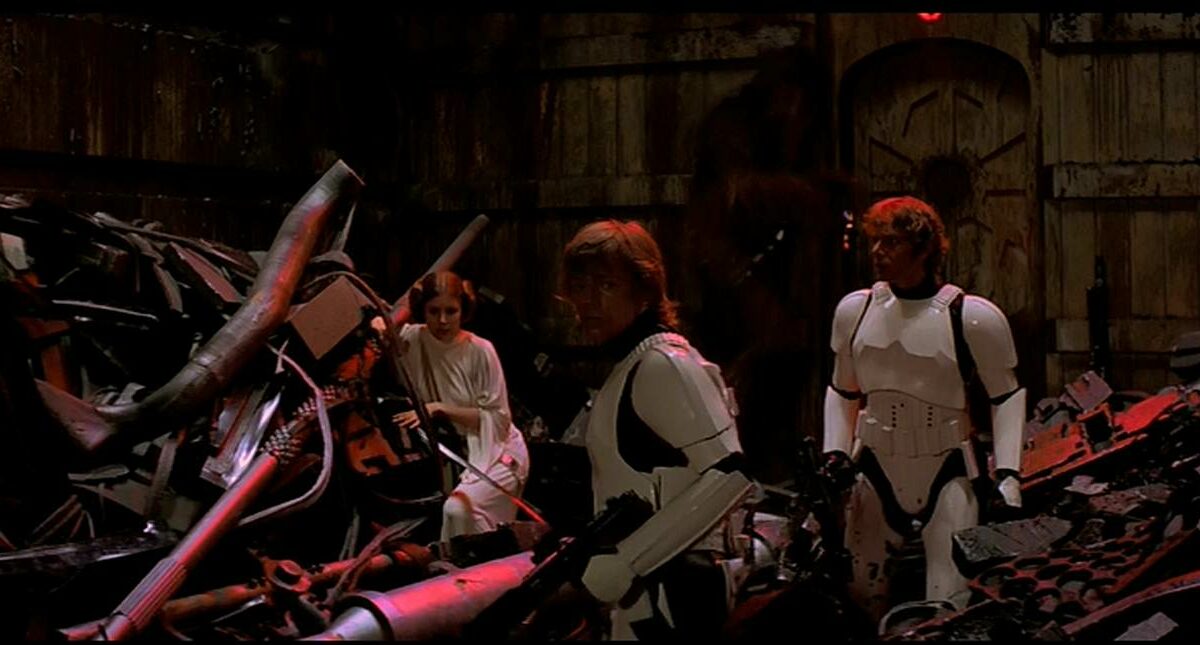Much is made of the idea that your brand is what people say about you when you are not in the room. However, brands are defined by more than reputation and stories are told and spread by more than just consumers.
As business storyteller Shawn Callahan, author of the newly released Putting Stories to Work, puts it, “There’s no such thing as a brand story – because if you think about it, it’s not one thing. Instead, if you’re a big brand, there are many millions of stories that come together to form the impression of a brand. Stories are the pixels of a brand image.”
So who forms these pixels and how do these fragments of story (or anecdotes as Callahan calls them) come together in the minds of buyers? To my mind, every brand has at least eight storylines:
1. The Story That The Brand Tells – let’s start with the obvious. Every well-strategized brand has a story that it is keen to tell the market based on its strengths, its ambitions and its purpose. That story may be overtly told through advertising or it may simply underpin whatever the company says in public. It may be based on history, on intention, on defiance, product or ubiquity, but its role in shaping how people see the brand and what they believe about the brand as a result is undeniable. Great brands set their promise to the market through their story.
2. The Stories That Consumers Tell Themselves – these are the alignment stories. They help consumers to compare and contrast the stories they are telling themselves with the stories that brands are telling. Such stories are a powerful example of confirmation bias – we’re drawn to brands that tell stories that reinforce what we believe. That said, many stories will never get through, because they don’t mean enough to win and hold our attention.
3. The Stories That Consumers Share With Others – increasingly these revolve around experiences and reviews. We judge the authenticity of the stories brands share about themselves by what others have experienced and the stories they tell of those experiences.
4. The Stories That The Media Shares – these are the stories of public record. They are the stories of validation or disapproval around a business’s behaviors that help consumers decide whether a brand remains on-brand for them. Brands like BP and Volkswagen have found their brands deeply blunted by the stories that have emerged of their conduct. But the impact of story in the media doesn’t stop there. Many of the “stories” we see in the media are not really stories at all. They are manufactured “native content” that seek to keep a brand in the public eye. Will these stories remain credible? Time will tell.
5. The Story That The Culture Shares – this is the internal business story. It’s the story that the company lays out for itself behind closed doors. As Shawn Callahan points out, too many senior leadership teams look to present their people with a facts and figures explanation of the road ahead, when in fact they should be using story much more often to present the future state in ways that people more readily identify with. Increasingly, Callahan says, when decision makers share stories, they engage people more closely and get them more involved, more quickly. The converse is also true. Where stories are not told, a culture will quickly tell itself stories that set out a range of expectations around what is acceptable and what constitutes “us”. Callahan refers to this as the counter-story: the narrative that a culture tells itself to prevent unwelcome change.
6. The Stories That Employees Share – these are the stories of endorsement and internal proof that employees share with each other to bring the story alive for them. In disconnected cultures, forward-looking stories seldom exist, and so the culture lacks the momentum and the belief to advance the brand forward together. In connected cultures, not only is there a sense of a story for all, but within that are woven the many experiential stories of individuals, told by one and shared with many. These small stories add relevance and context to make the bigger story more immediate.
7. The Story That The Company Tells Investors – the investment story is actually critical for consumers and employees too because it signals the priorities of the business. The money story also quickly becomes the value story. For consumers, that story shows that a brand is true to its word or not, while for employees, the messages that the market receives, and the expectations that are placed on the brand as a result, decide what will be prioritized internally and how success will be judged. Sadly, and for reasons that continue to mystify me, too many businesses see no need to align the external story they tell customers with the external story they tell investors (and that is duly reported to consumers by the media).
8. The Stories That Competitors Tell – these stories provide alternative narratives that counter-balance the story being told by the brand and prevent one brand telling a one-sided story. In that sense they are healthy and balancing. I doubt whether consumers consciously compare these rival stories, but I believe they are, at least subconsciously, more inclined to believe or like one story over another.
Story, then, can infiltrate and influence every aspect of how we think about brands but you only get the benefits of storytelling if you know what your stories are, you know where to tell them and you are prepared to do so. Some brands tell the different parts of the story better than others. Too many though continue to treat each storyline as separate (or not worth sharing) and as a result their brand feels unfocused. And many more have yet to confidently spot their own stories and filter those from opinions. (Callahan proposes a simple framework for how to do this in his book.)
My own view is that four questions should underpin the development of every one of your brand’s storylines:
- “Does this make sense as a storyline in its own right?”
- “Does it align with everything else our brand has said elsewhere?”
- “What can others add that will make the story richer?”
- And most importantly, “Why will those reading or listening care enough to take notice?”
The Blake Project Can Help: The Strategic Brand Storytelling Workshop
Branding Strategy Insider is a service of The Blake Project: A strategic brand consultancy specializing in Brand Research, Brand Strategy, Brand Licensing and Brand Education




